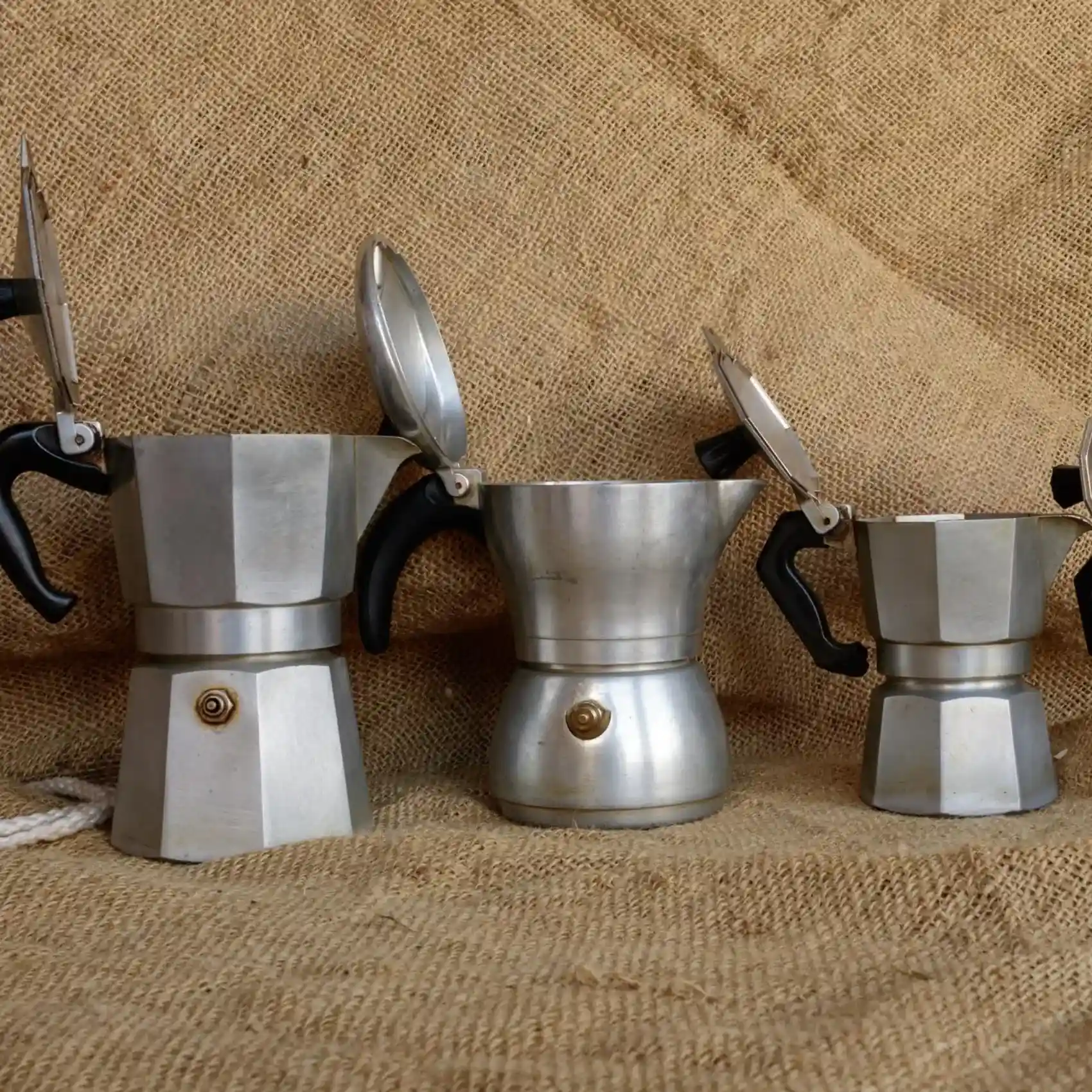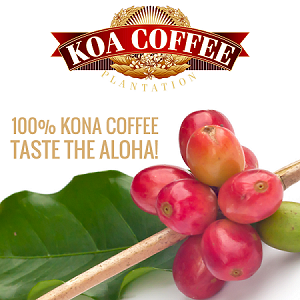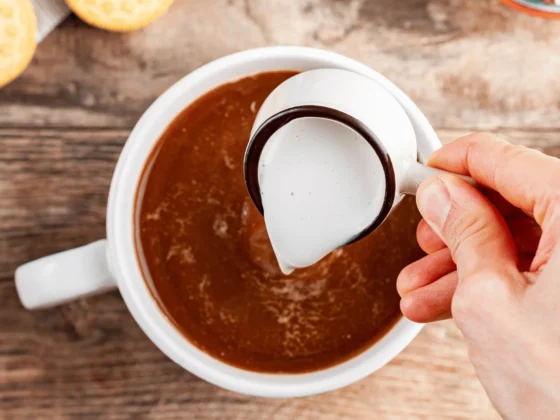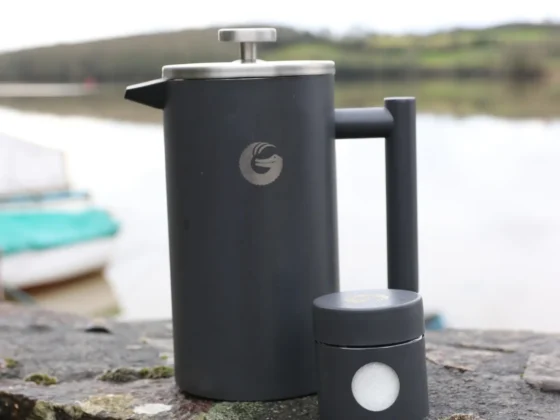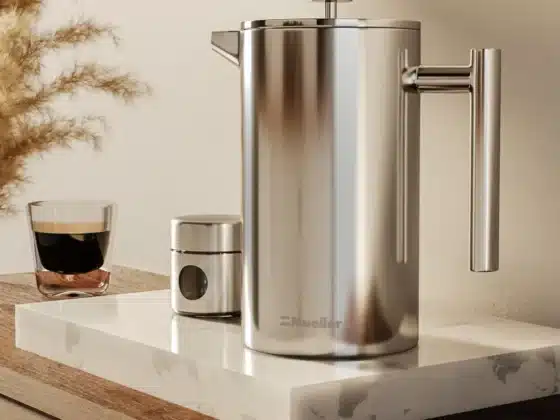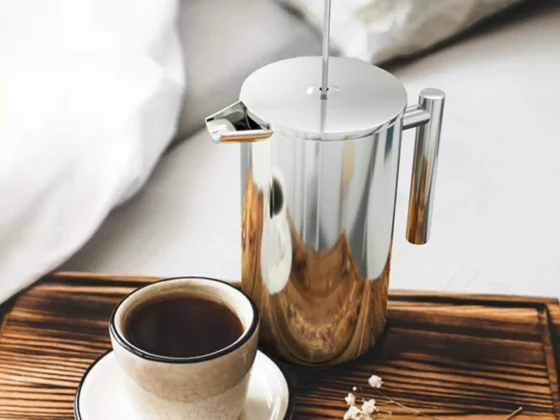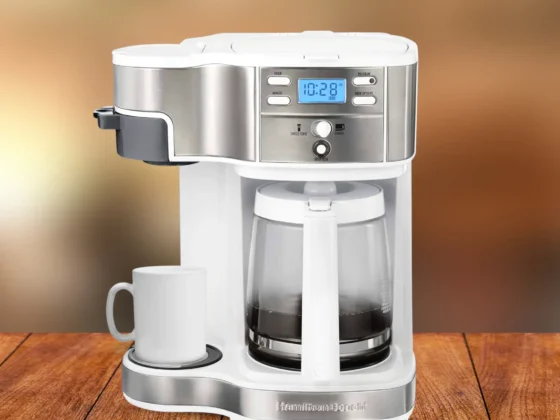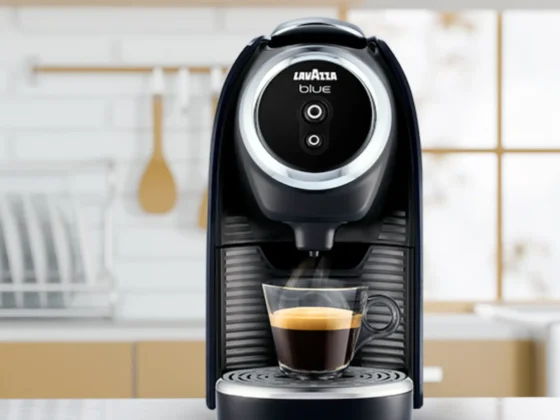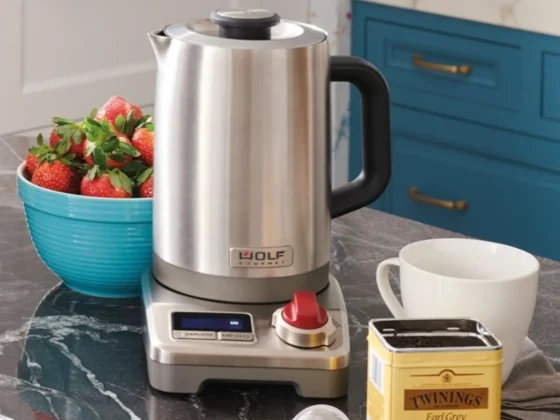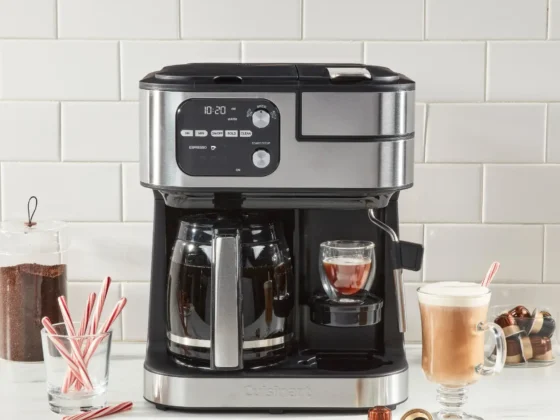When it comes to brewing coffee at home, the Moka pot stands out as a beloved and time-honored method, cherished for its ability to produce rich, espresso-like coffee. However, with the variety of Moka pot sizes available, selecting the right one can be a daunting task. This choice is not merely about the amount of coffee you wish to brew; it’s about finding a brew companion that aligns perfectly with your lifestyle, coffee preferences, and daily routine. Understanding the different sizes of this coffee maker and their suitability for various needs is crucial in enhancing your coffee brewing experience and ensuring that every cup of coffee is as enjoyable as the last.
The Basics of Moka Pot Sizes
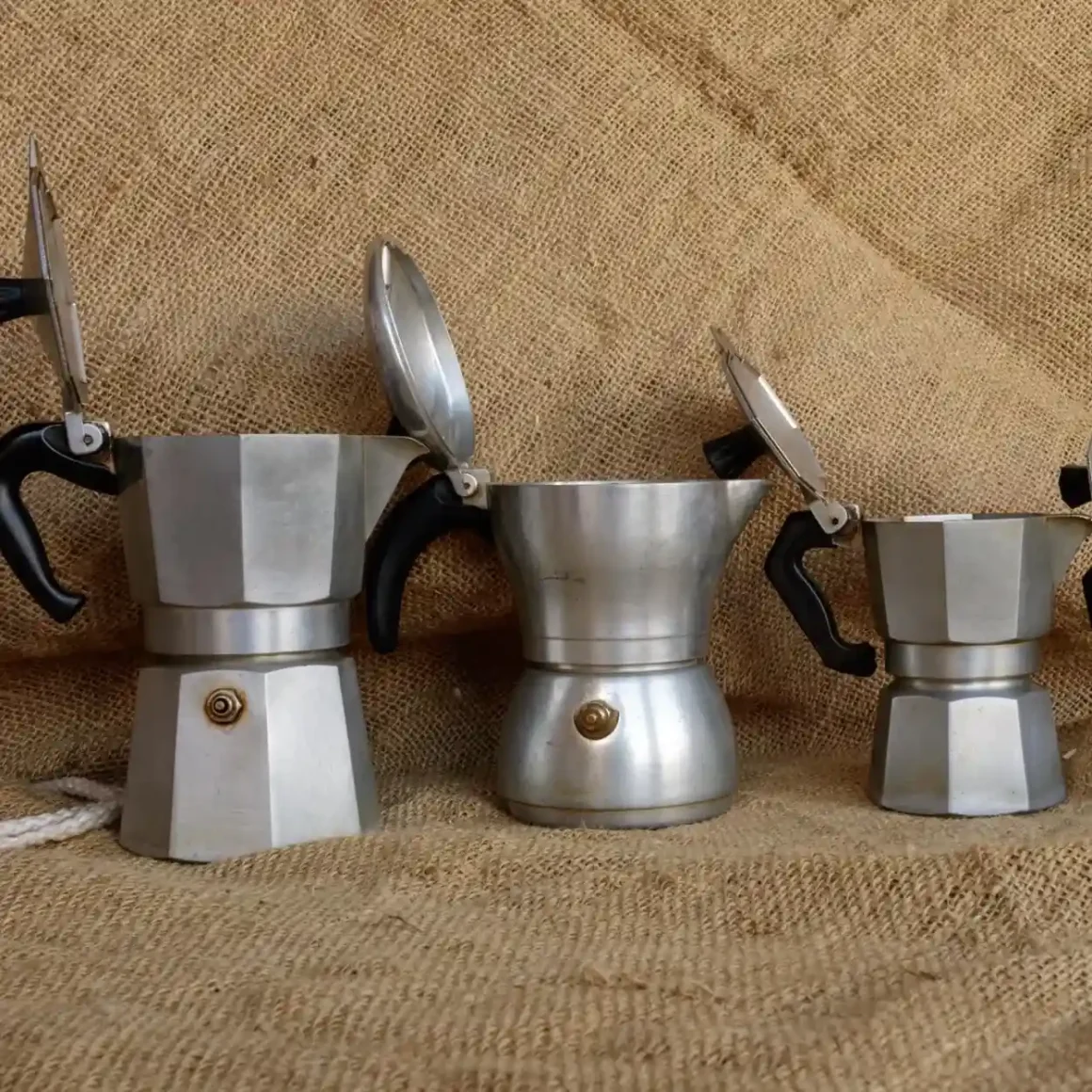
Moka pots, known for their unique method of brewing espresso-like coffee, come in various sizes. Each size caters to different needs, from a single serving to a larger batch for multiple coffee drinkers. Understanding the components and sizes of this coffee maker is essential in selecting the best Moka pot size for your coffee brewing needs.
Understanding Moka Pot Components
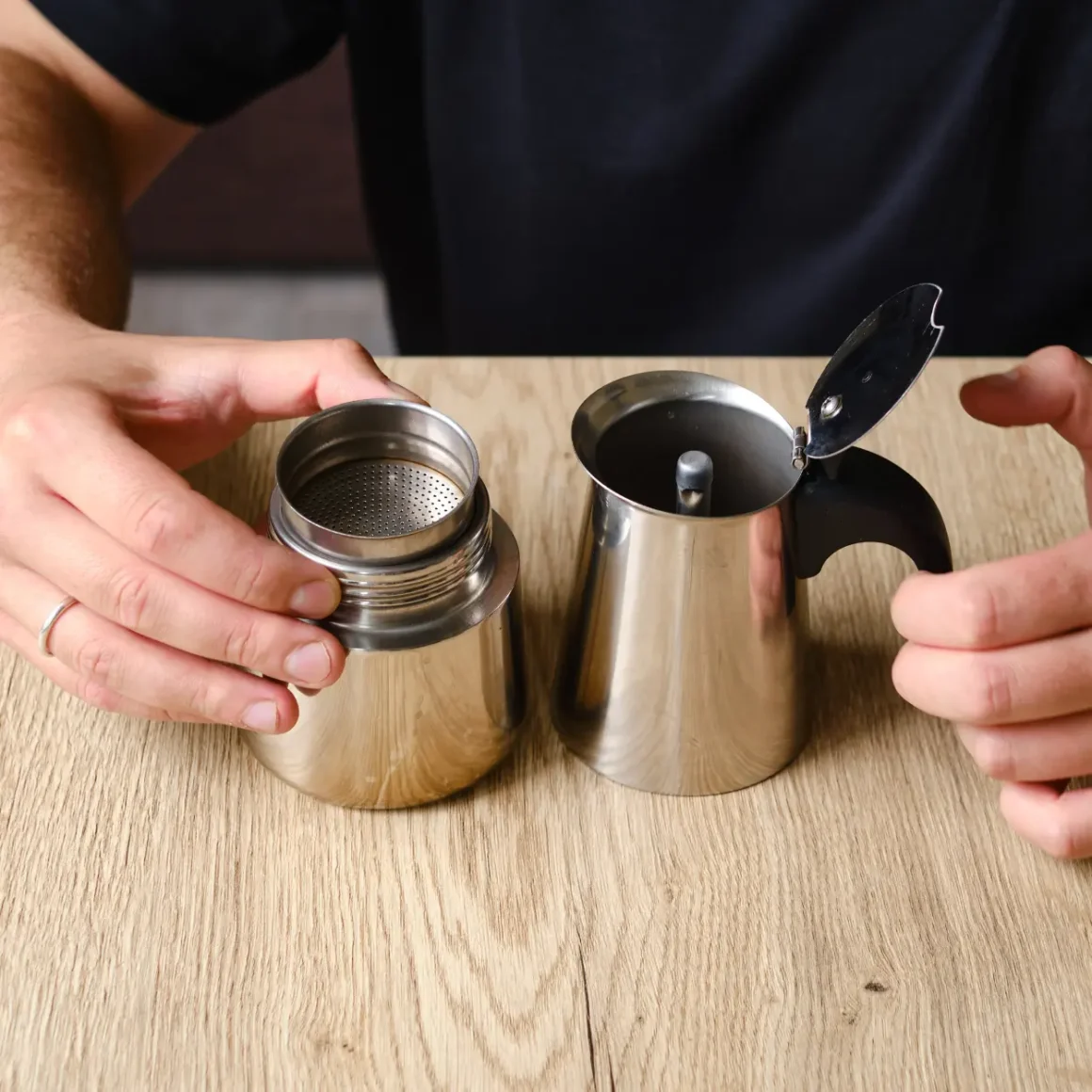
These coffee pots consist of several key components that contribute to the brewing process.
- The Base: This is the lower section of the pot where water is filled. It’s crucial to fill it with the right amount of water, ensuring the safety and quality of your brew.
- The Filter Funnel: Positioned inside the base, the filter funnel holds the ground coffee. The size and shape of the filter funnel play a significant role in determining the strength and flavor of the coffee. (1)
- The Collection Chamber: This top section of the coffee pot collects the brewed coffee. It’s designed to effectively separate the coffee from the ground, ensuring a smooth brew.
Different Moka Pot Sizes Explained
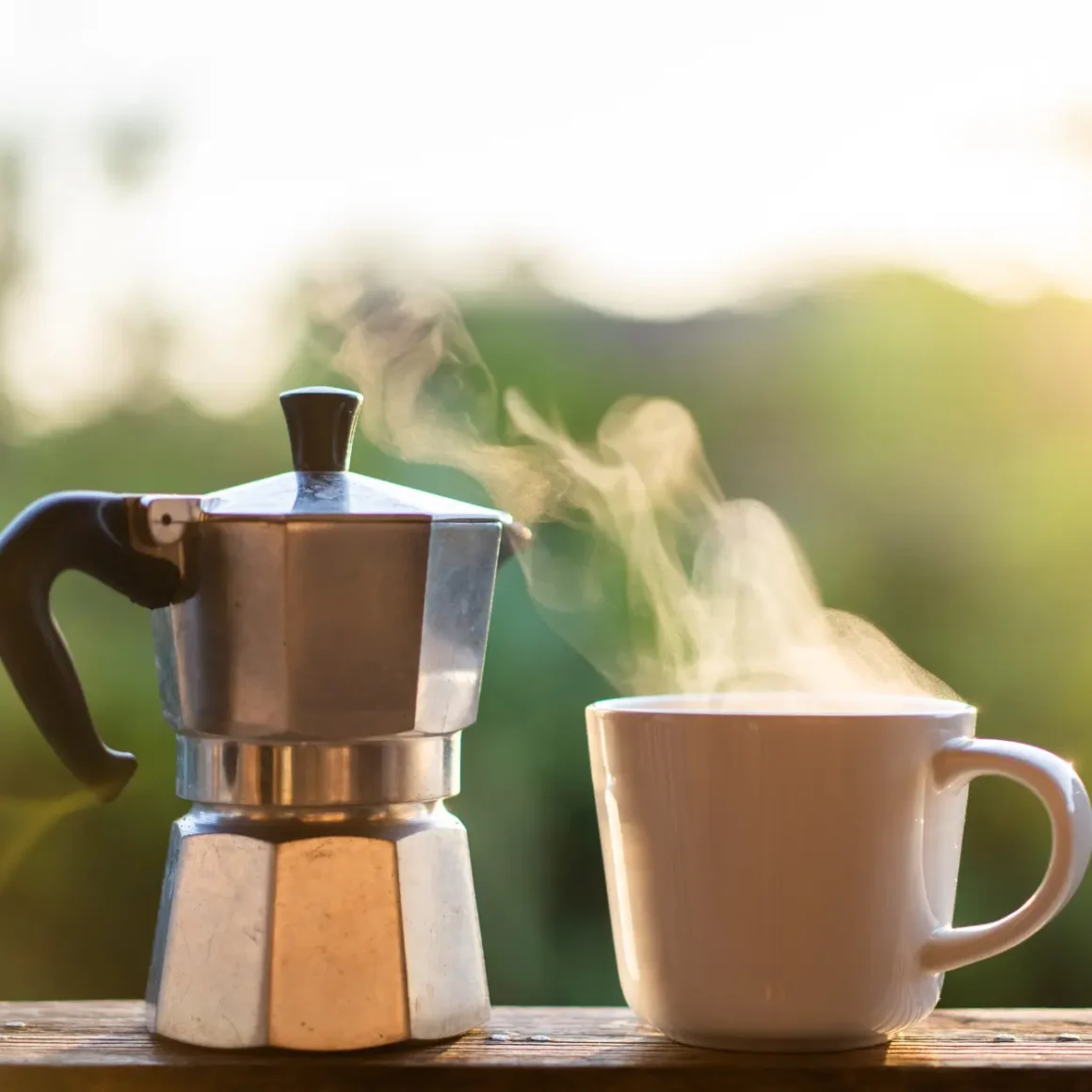
This coffee brewer comes in various sizes to accommodate different needs and preferences.
- 1-cup and 2-cup Moka Pots: These are ideal for individuals or those who prefer a single serving. Their compact size makes them easy to store and handle.
- 3-cup and 4-cup Moka Pots: Suitable for small families or groups, these sizes offer a balance between quantity and space conservation.
- 6-cup and 9-cup Moka Pots: These are best for larger families or gatherings. They can brew a significant quantity of coffee, although they require more space for storage and handling.
Pros and Cons of Various Sizes
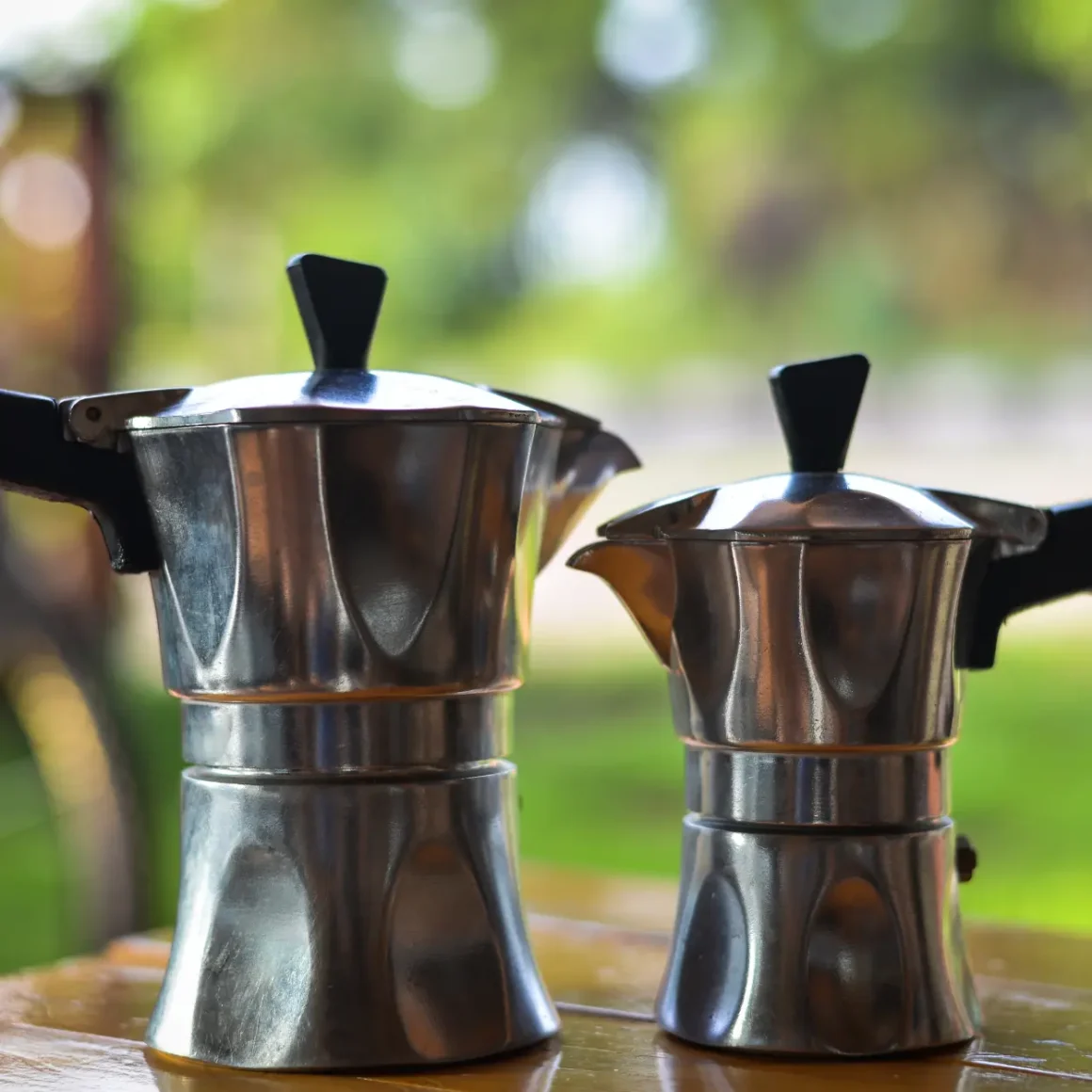
Choosing the right Moka pot size involves considering various factors.
- Portability vs. Capacity: Smaller pots are more portable and convenient for individuals, while larger ones, though less portable, can serve more people at once.
- Brewing Time and Efficiency: Smaller pots brew faster but offer less coffee, whereas larger pots take more time but yield more coffee in a single brew.
- Flavor and Strength Considerations: The size of this coffee maker can influence the coffee’s strength and flavor. Smaller pots may produce stronger coffee due to less water per surface area of coffee grounds, while larger pots might offer a more balanced flavor.
To sum up, the choice of sizes of this stovetop coffee maker should align with your personal or group needs, considering factors such as the number of servings required, space, and your preferred coffee strength. Whether you opt for smaller or larger sizes, each has its unique benefits, making this coffee maker a versatile option for coffee enthusiasts.
Mastering the Brewing Process
Perfecting your brewing technique is essential when learning how to make Moka pot coffee. The quality of your brew depends on several key factors, including the quantity and grind size of your coffee, the water-to-coffee ratio, and the heat source used. Mastering these elements will enhance your coffee experience, whether you’re using the best size Moka pot for your needs or experimenting with different types.
Optimal Ground Coffee Quantity
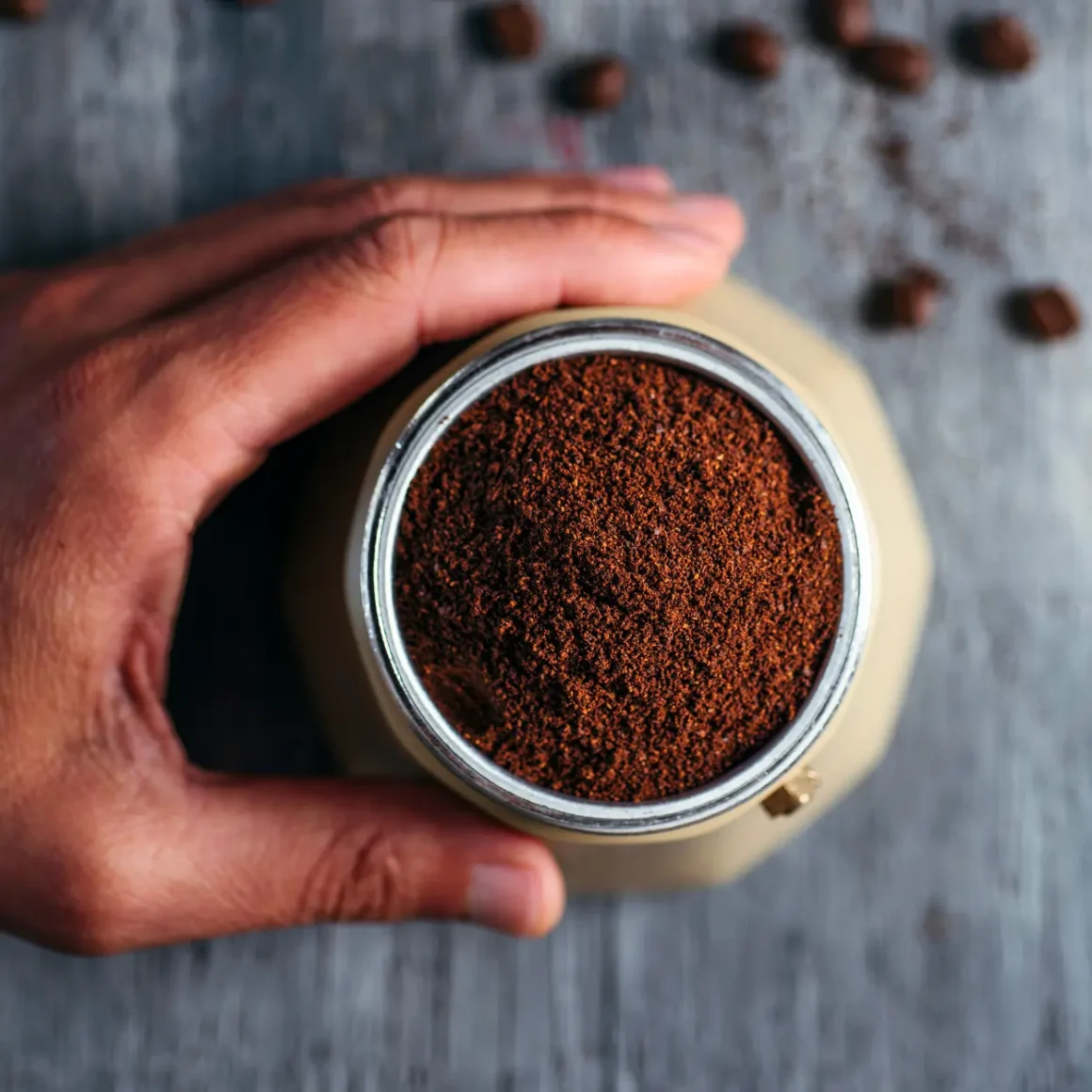
To brew the perfect cup of coffee with this coffee pot, understanding the right amount of ground coffee to use is essential.
- How Much Coffee to Use: The amount of coffee you use in this coffee maker is crucial. Typically, a full filter basket, leveled off, provides the right quantity without overpacking.
- Grind Size Matters: Moka pot grind size is significant for achieving the ideal extraction. A fine but not powdery grind is optimal, similar in consistency to table salt.
- Achieving Consistency: Consistent grinding and measurement lead to a repeatable and satisfying coffee experience. Using a burr grinder and a standard measuring method can help maintain this consistency. (2)
Water-to-Coffee Ratio
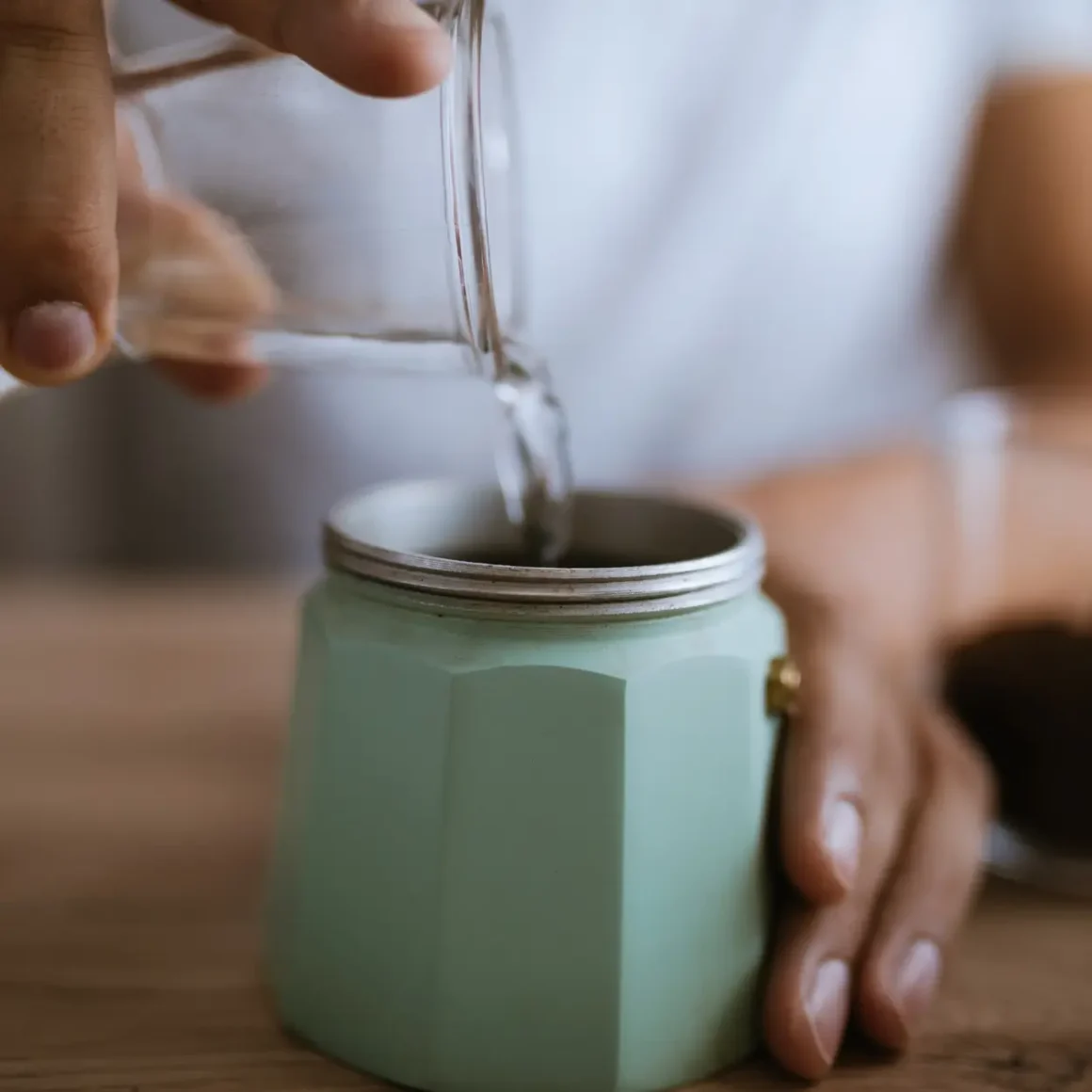
Achieving the optimal water-to-coffee ratio is essential for crafting the best Moka pots of coffee.
- Balancing Water and Coffee: The water-to-coffee ratio is a pivotal factor in the brewing process. Typically, filling the base to just below the safety valve, paired with a full filter of coffee, achieves a balanced ratio.
- Measuring with Precision: For precision, using a kitchen scale can ensure you’re using the right amount of water and coffee every time. This is particularly important when experimenting with different sizes of these coffee pots.
- Achieving the Perfect Brew: The right balance of water and coffee is essential for the perfect brew. It affects the extraction, flavor, and overall quality of the coffee.
Ideal Heat Source
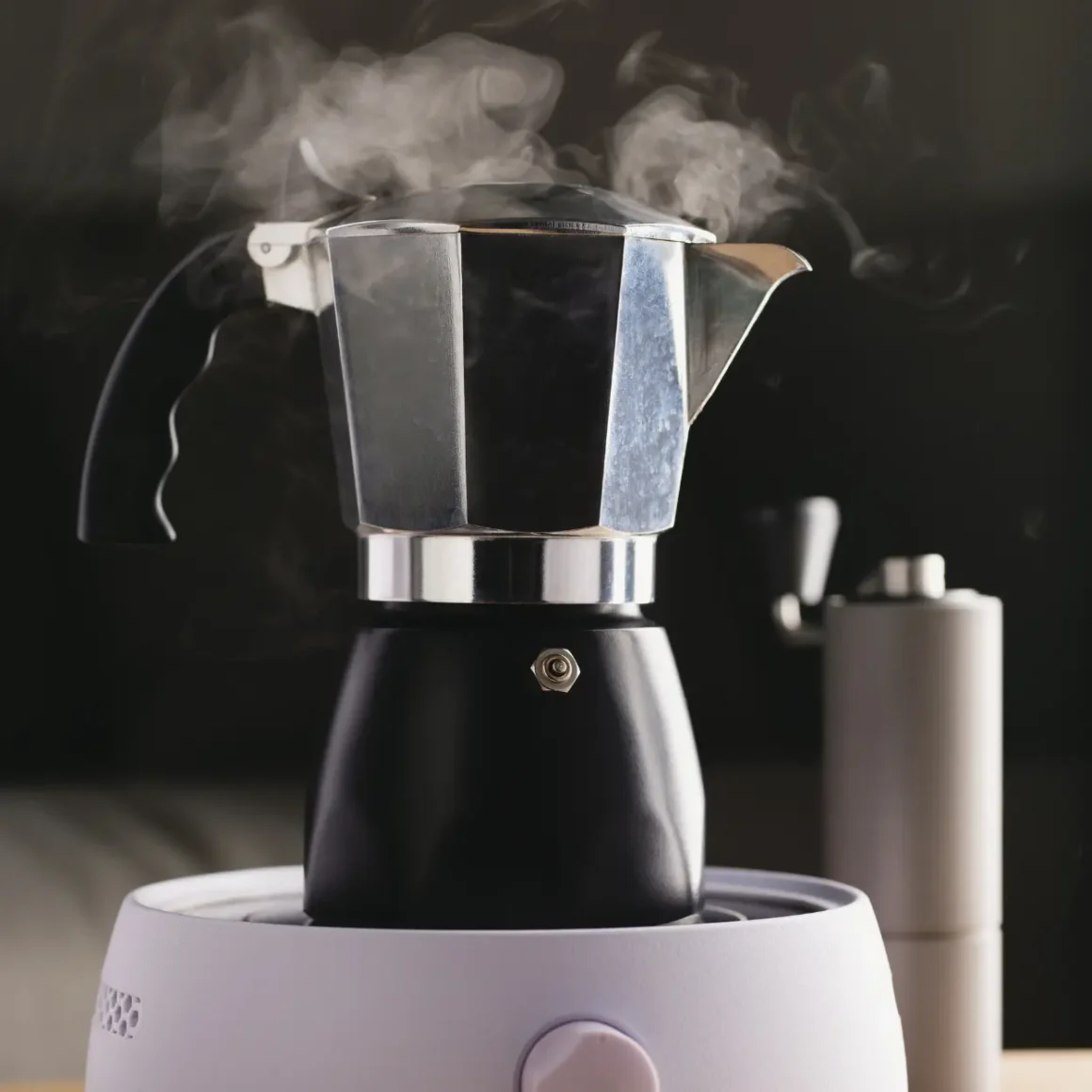
The choice of heat source can significantly impact the outcome of your brew.
- Stovetop vs. Induction: Whether using a stovetop or an induction cooker, the type of heat source can influence the brewing process. Stovetop is the traditional method, but induction can offer more precise temperature control.
- Maintaining Temperature Control: Controlling the brewing temperature is key to avoiding a burnt taste. A medium heat setting is generally recommended. (3)
- Avoiding Overheating: Overheating can ruin a good batch of coffee. It’s important to remove the pot from the heat source as soon as the coffee is done brewing to prevent overheating.
By focusing on these critical aspects of the brewing process, you can enhance your skills in making a delectable beverage. Whether you’re using a small personal pot or the best size of this coffee pot for entertaining guests, the principles of a perfect brew remain the same: precision, balance, and control.
Choosing the Right Size for Your Needs
Selecting the appropriate size for this coffee maker, commonly known as a stovetop espresso maker, is an important decision that hinges on your lifestyle and coffee consumption habits. Moka pot sizes vary, and each size serves a specific purpose, whether it’s for solo enjoyment or for sharing with others. Understanding which size fits your needs can greatly enhance your coffee experience.
Solo Coffee Moments
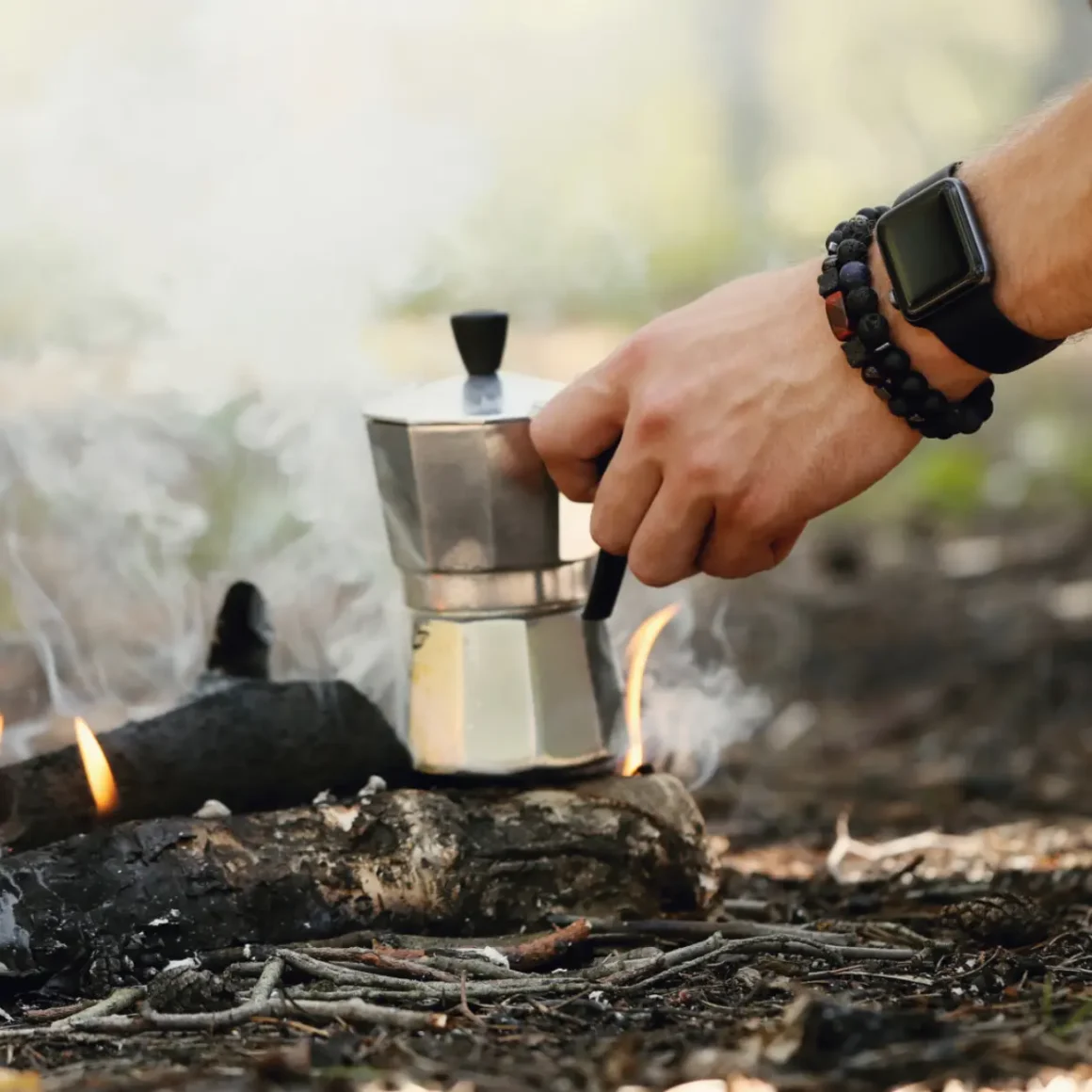
Enjoying a solo coffee moment is a delightful experience, and choosing the right size for this coffee pot can enhance it.
- Perfect for Individuals: As discussed earlier, for those who enjoy their coffee alone, a smaller coffee pot is ideal. Sizes like the 1-cup or 2-cup are perfect for a single serving, ensuring your coffee is fresh and aromatic every time.
- Space-Saving and Efficient: Smaller coffee pots are not only space-saving on your kitchen counter or in your cupboard but also efficient in terms of brewing time and coffee ground usage.
- Personalization of Brew: With a smaller pot, you have the flexibility to experiment with different coffee beans and grind sizes, personalizing each cup to your taste.
Sharing with Friends and Family
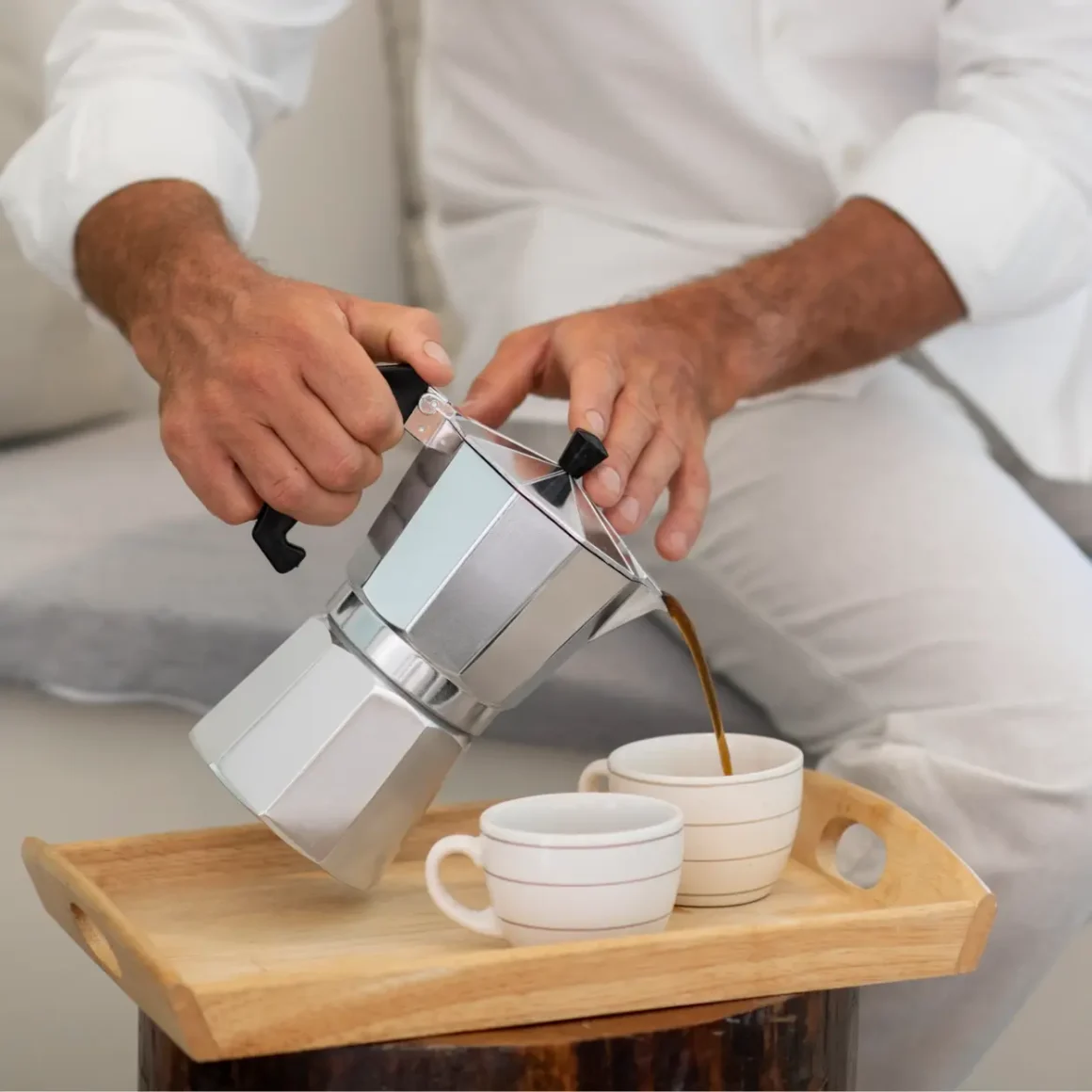
Sharing a cup of coffee with loved ones is a heartwarming experience.
- Mid to Large Sizes: As previously mentioned, when it comes to sharing coffee with friends and family, opting for a 3-cup, 4-cup, or even larger pot makes sense. These sizes are conducive to serving several cups at once, ensuring everyone enjoys a warm, freshly brewed coffee.
- Consistent Quality for Groups: Larger pots maintain the quality and consistency of the brew even when serving multiple cups, making them perfect for gatherings or family breakfasts.
- Social Experience: Coffee brewed in this coffee maker can be a social experience, and having a pot that serves everyone adds to the communal enjoyment of coffee tasting and conversation.
Catering to Specific Occasions
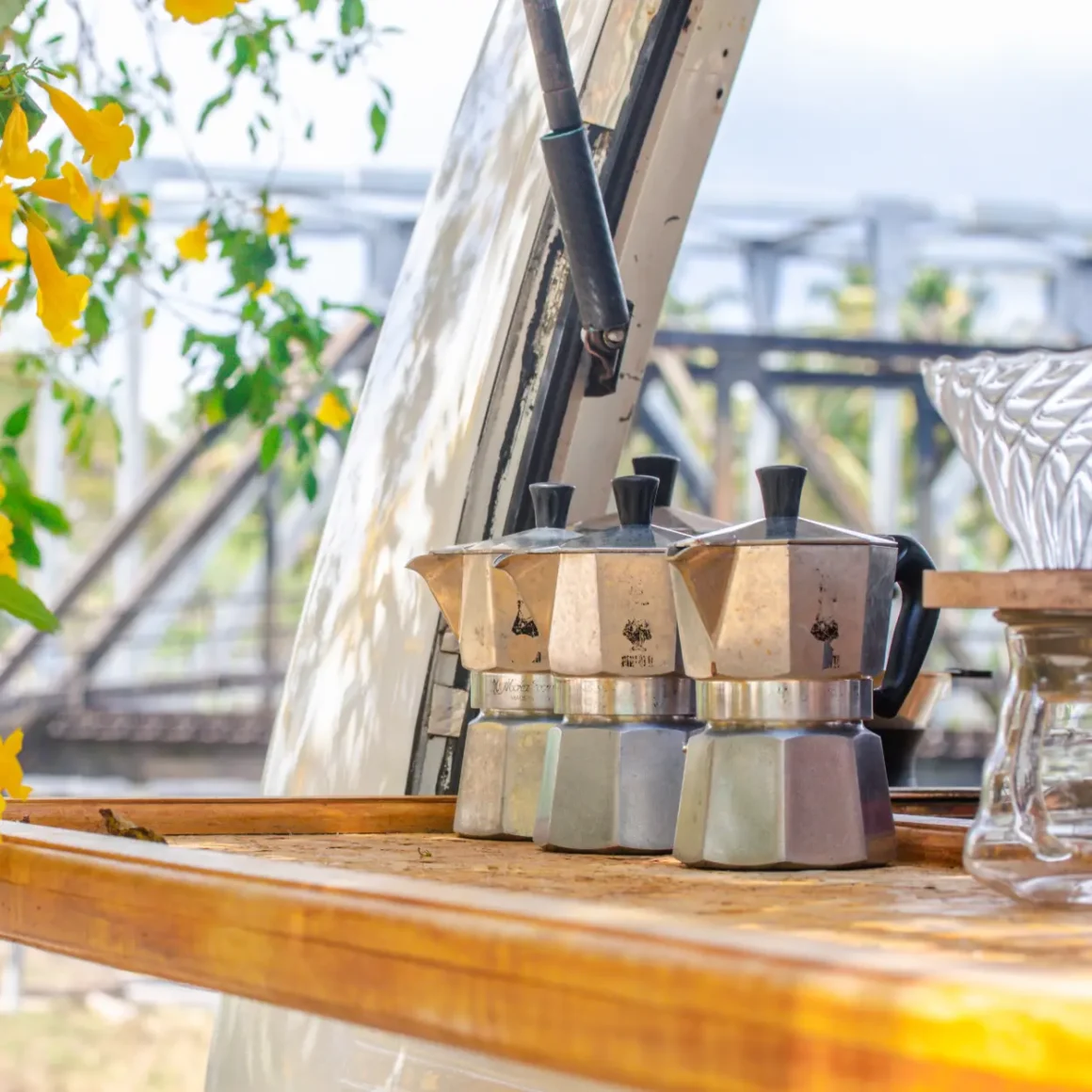
Tailoring your coffee brewing to specific occasions can elevate the overall experience.
- Versatile Sizes for Events: For specific occasions like a dinner party or a meeting, choosing a size that suits the number of guests is key. A 6-cup or 9-cup Moka pot can cater to such events efficiently.
- Consistency in Larger Batches: Even in larger sizes, these pots brew coffee with consistent quality and flavor, making them suitable for occasions where you want to impress with excellent coffee.
- Ease of Use for Hosting: Larger coffee pots require a similar effort in brewing as smaller ones, making them an easy choice for hosting without the added stress of complicated coffee preparations.
Overall, understanding your needs and the occasion will guide you in choosing the right size for this coffee pot. Whether it’s for solo moments or sharing with others, each size has its unique advantages, making this coffee maker a versatile and cherished tool in the world of coffee brewing.
What Size Moka Pot Should I Buy?
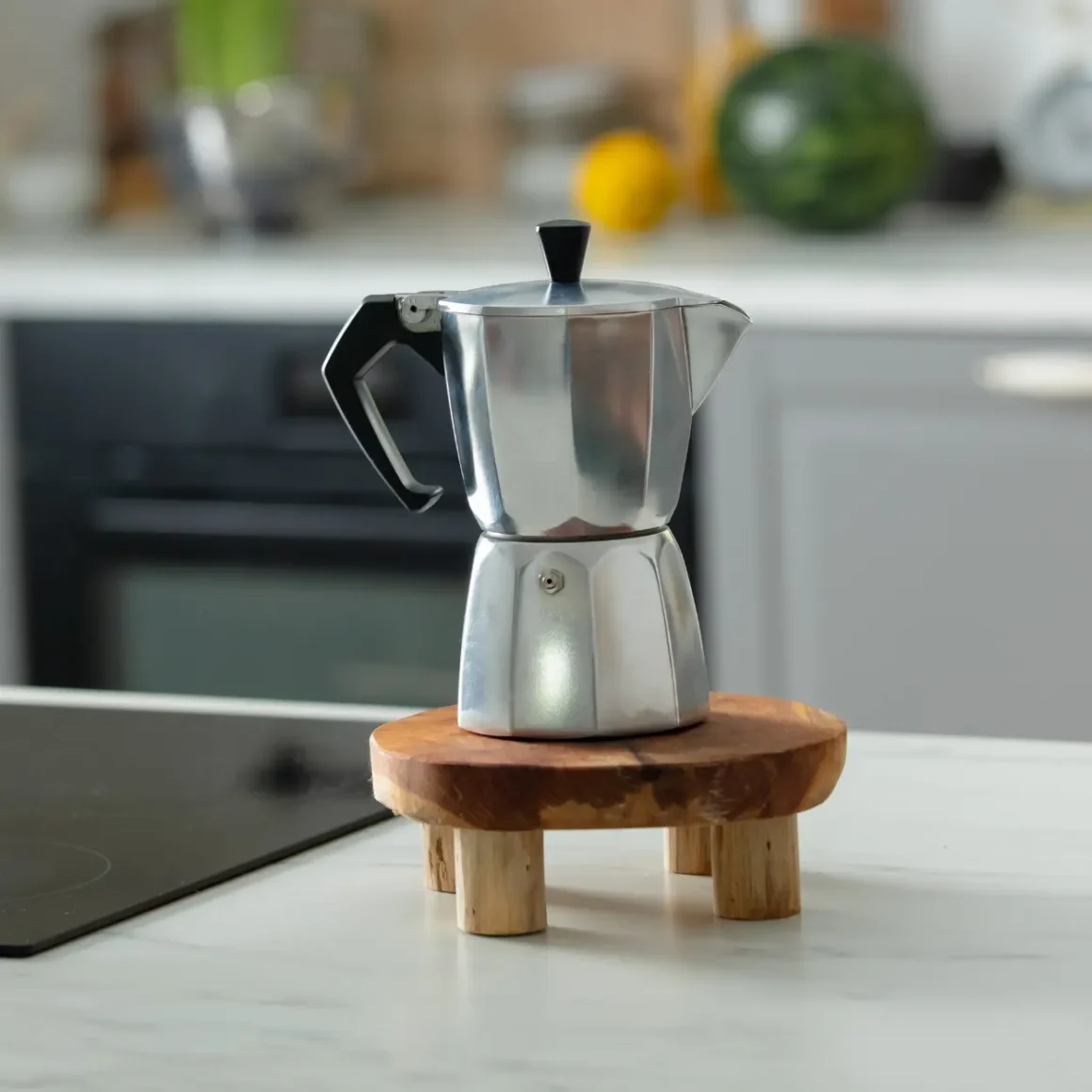
As previously discussed, choosing the right size for this coffee pot is a crucial decision for any coffee enthusiast. The size will not only affect the quantity of coffee you can brew at a time but also influence the overall quality and flavor of your coffee. To ensure you make the best choice, several factors need to be considered.
Factors to Consider:
Before choosing the right size, it’s essential to consider several factors that will influence your decision.
- Coffee Consumption Habits: Consider your daily coffee consumption. If you drink several cups of coffee throughout the day, opting for a larger pot might be more convenient, allowing you to brew a larger quantity at once.
- Kitchen Space: As mentioned before, The amount of space you have in your kitchen can also influence your decision. Smaller pots take up less space and are easier to store, which is ideal for smaller kitchens or limited storage areas.
- Brewing Time: Larger pots take more time to brew coffee than smaller ones. If you’re often in a rush, a smaller pot might be more suitable for your lifestyle.
Matching Your Brewing Style:
Understanding your personal coffee preferences and brewing style is key to finding the perfect size for your needs.
- Personal Preference for Coffee Strength: Your preference for the strength and flavor of coffee can guide your choice. Smaller coffee pots typically brew stronger coffee due to a higher coffee-to-water ratio.
- Experimentation: If you enjoy experimenting with different coffee beans and brewing techniques, a smaller pot can offer more flexibility and allow for more frequent experimentation without wasting coffee.
- Ease of Use: Smaller pots are generally easier to handle and clean, making them a good choice for those new to this coffee pot brewing or for those who prefer a hassle-free experience.
Finding the Perfect Fit:
Finding the coffee pot size involves considering various lifestyle and practical factors, ensuring it aligns with your present and future requirements.
- Lifestyle Considerations: Your lifestyle plays a significant role in choosing the right size. For instance, if you enjoy hosting or have a large family, a larger pot is more practical.
- Budget Constraints: The cost of these coffee makers can vary depending on the size and brand. Ensure that the size you choose aligns with your budget.
- Future Needs: Consider your future needs. If your household is likely to grow, or if you foresee hosting more often, investing in a larger pot might be a wise decision.
Summing up, selecting the ideal size for this stovetop coffee maker involves balancing your coffee needs with practical considerations such as kitchen space and lifestyle. Whether you choose a smaller size for personal use or a larger one for sharing, the key is to find a coffee pot that aligns with your coffee habits and brewing style.
Can I Brew Different Amounts with One Moka Pot?
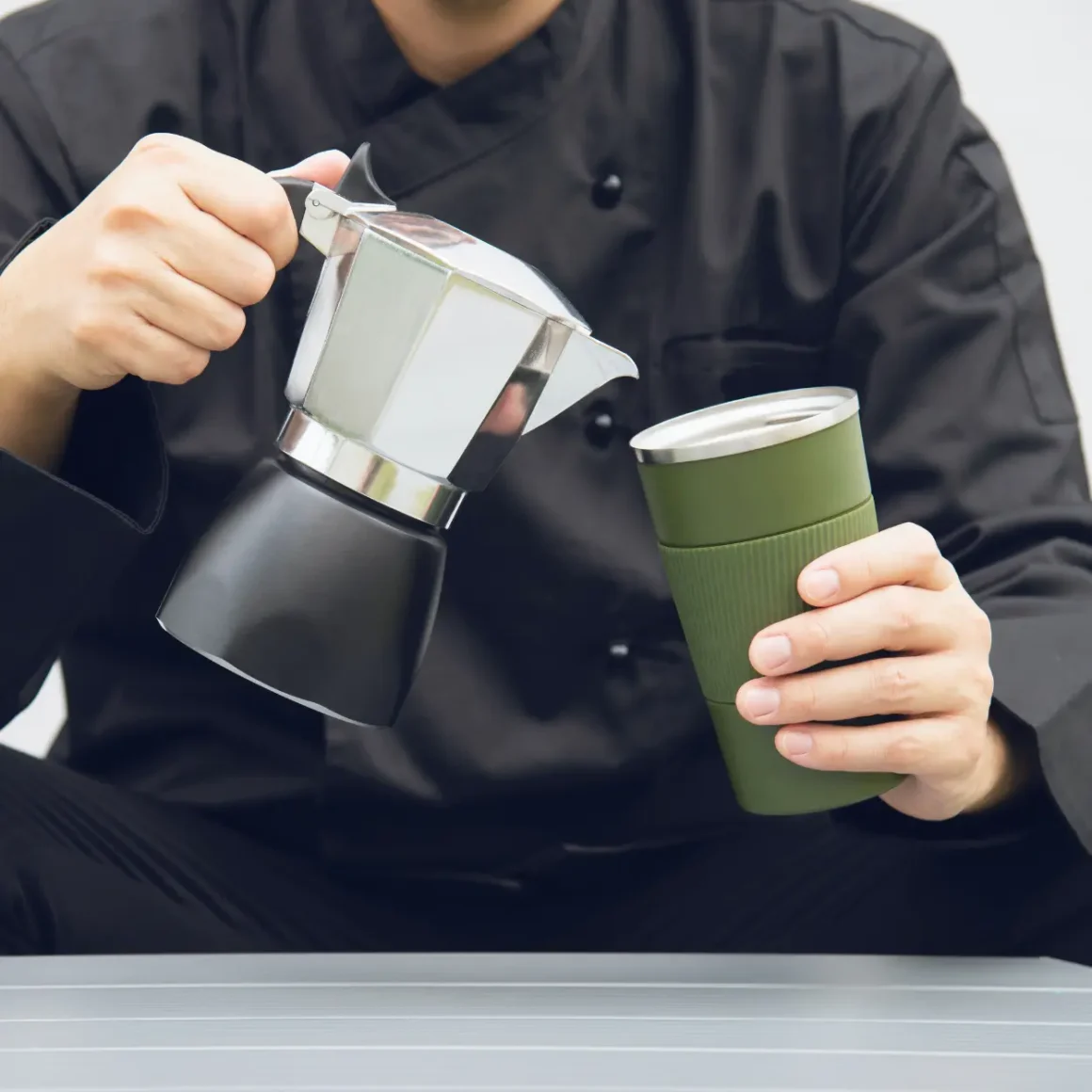
One common question among Moka pot users is whether it’s possible to brew varying amounts of coffee with a single pot. While these pots are designed to brew a specific amount of coffee based on their size, there is some room for adaptability and experimentation within certain limits. Understanding how to adjust brewing parameters can enhance the versatility of your stovetop coffee maker.
Adapting Moka Pot Sizes:
When it comes to adapting the coffee pot sizes to your specific needs, there are considerations and adjustments you can make to ensure the best possible coffee experience.
- Partial Filling Challenges: Attempting to brew less than the intended amount, such as half-filling the water or coffee grounds, can lead to suboptimal extraction and flavor. This is because the brewing process relies on the pressure that builds up in the filled base.
- Considerations for Smaller Batches: If you wish to brew smaller amounts regularly, it might be more practical to consider purchasing a smaller pot that suits your typical consumption.
Adjusting Brewing Parameters:
To fine-tune your stovetop coffee maker brewing for smaller batches, various brewing parameters can be adjusted to achieve the desired strength and flavor.
- Grind Size and Tamping: While you can’t change the amount drastically, slight adjustments in grind size and tamping (pressing down the coffee grounds) can influence the strength and flavor of the brew. A finer grind or lighter tamping can be used for smaller amounts.
- Water Temperature: Starting with pre-heated water can affect the brewing process. This can be particularly useful when brewing less than the pot’s full capacity, as it helps achieve proper extraction despite the reduced volume.
- Monitoring the Brew: When experimenting with different amounts, it’s crucial to closely monitor the brew process. Listen for the characteristic gurgling sound to avoid over-extraction or burning the coffee.
Experimenting with Versatility:
Embracing the versatility of your coffee maker allows you to explore different brewing options and creative uses for excess coffee, enhancing your coffee experience in various ways.
- Embracing the Full Pot: Embrace the design of your coffee pot and consider brewing full pots, enjoying fresh coffee, or sharing with others. This coffee maker also keeps well for a short period if stored in a thermally insulated container.
- Creative Uses of Excess Coffee: If you find yourself with excess coffee, explore creative uses like making iced coffee, affogatos, or adding it to recipes for a coffee flavor.
In summary, while these coffee makers are not inherently designed for brewing variable amounts, with careful adjustments and a bit of creativity, you can experiment within certain limits. However, for consistently different quantities, considering multiple pots of varying sizes might be the most practical solution.
Conclusion
In conclusion, selecting the right size for this coffee pot is an essential step in crafting your ideal coffee experience. From the solitary enjoyment of a single cup to the communal pleasure of serving a group, the variety of Moka pot sizes cater to every coffee need. Whether you’re a seasoned coffee aficionado or a novice in the world of espresso-like brews, understanding and choosing the appropriate size for this stovetop coffee maker can significantly enhance your brewing process. By considering factors like the number of servings, personal flavor preferences, and available space, you can find a coffee pot that not only fits your lifestyle but also elevates your daily coffee ritual.
FAQ
How does the number of cups affect the taste of Moka Pot coffee?
The number of cups affects the extraction process; smaller pots typically yield a stronger flavor due to a higher coffee-to-water ratio.
Can I use different coffee grind sizes with various Moka Pot sizes?
Yes, you can use different grind sizes with various Moka Pot sizes, but a fine grind similar to table salt is generally recommended for optimal extraction.
Are there any professional recommendations for Moka Pot sizes?
Professional recommendations often suggest a 3-cup Moka Pot for versatility and ease of use, ideal for both individuals and small groups.
Is it possible to brew a single cup with a large Moka Pot?
It's challenging to brew a single cup with a large coffee pot, as they are designed to work best when filled to capacity, affecting the brewing pressure and extraction.
